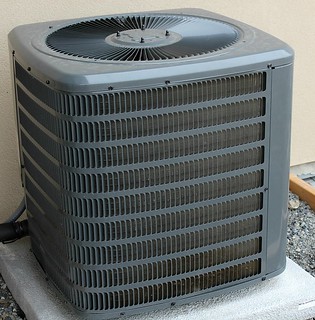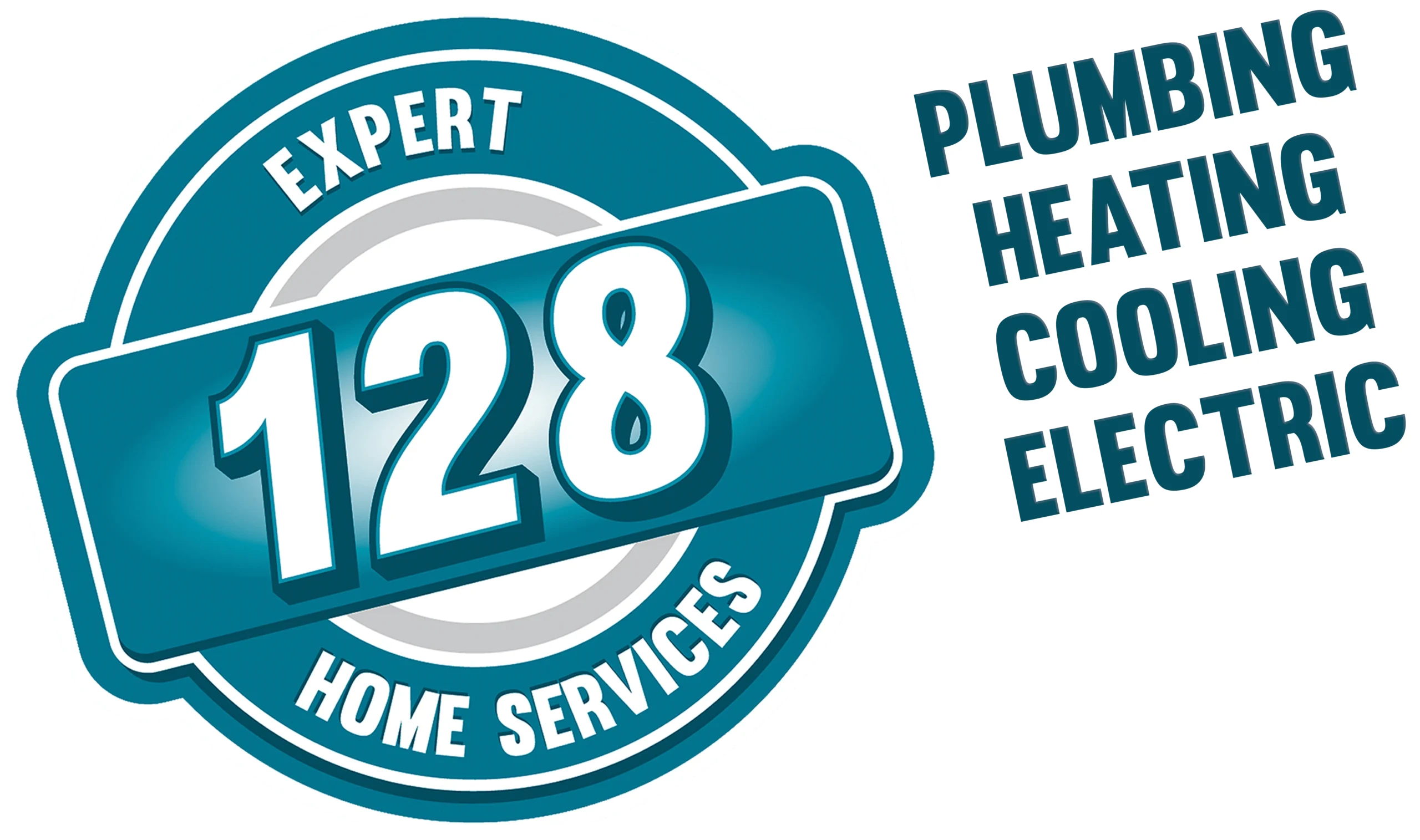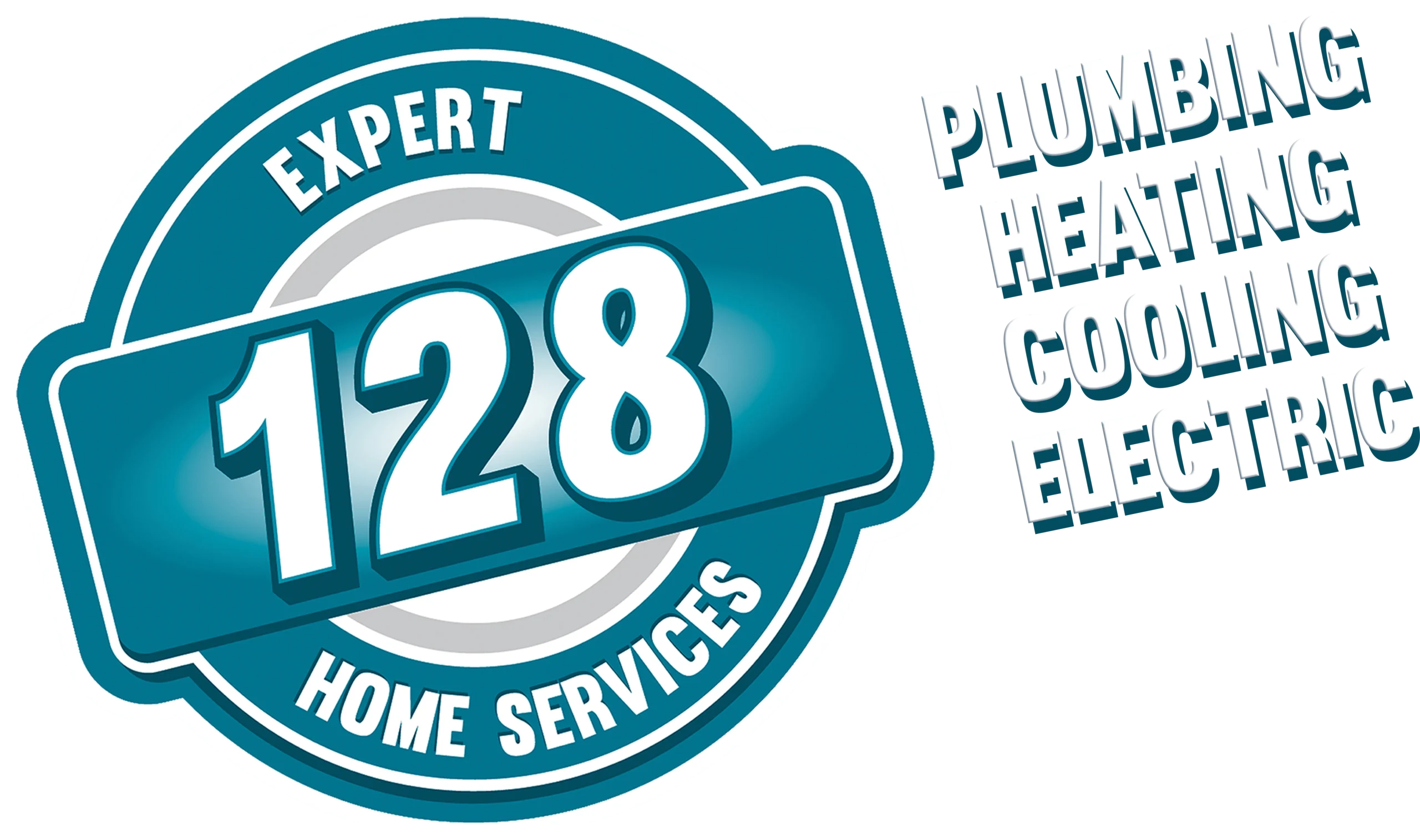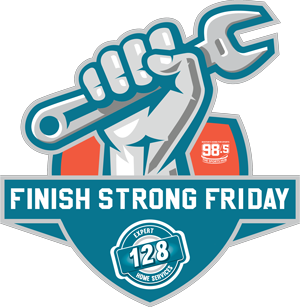
HVAC equipment such as furnaces and air conditioning are necessities for comfort here in Eastern Massachusetts, and homeowners have several types of systems to choose from for heating and cooling their living space.
High velocity HVAC systems offer an innovative way to heat and cool for those who want efficient house-wide heating and cooling that doesn’t involve making extensive renovations to accommodate bulky ducts or leave them with large, unsightly heating and air conditioning vents marring their ceilings and walls.
How Are High Velocity Heating and Cooling Systems Different?
These HVAC systems feature a high velocity air handler that pushes pressurized conditioned air through flexible, 2- or 2 1/2-inch duct tubing to five-inch round vents in each room. The heated or cooled airflow from these inconspicuous vents gently mixes with the in-room air to eliminate the drafts and hot or cold spots that often occur with conventional heating and cooling systems.
The small size and flexibility of the tubing allow it to fit between the existing framing inside walls and ceilings, and be easily routed around obstacles. Because of this, it’s not necessary to rip out drywall or plaster or modify existing walls, ceilings, or floors to heat or cool effectively.
If you’re planning to replace the HVAC system in your Greater Boston home, upgrading to a high velocity system rather than ductless units or standard forced-air HVAC systems can be worthwhile, especially if you want to preserve the character of a vintage home, avoid costly renovations, and enjoy greater comfort from your heating and cooling equipment.
One of the questions many homeowners ask is exactly how high velocity heating and cooling systems are installed, which we’re more than happy to explain at 128 Plumbing.
High Velocity Heating and Cooling Systems Versus Conventional HVAC System Installation
Although some high velocity cooling and heating system components work differently than those included in a traditional heating and air conditioning system, the team at 128 Plumbing follows a similar detailed installation process. Our expert installation methods ensure energy efficiency and quiet, reliable performance of your new high velocity system, so your heating and air conditioning equipment provide the level of comfort you desire.
The exact sequence of events that occurs during a high velocity heating and air conditioning installation depend on your Eastern MA home’s unique characteristics, and the specific heat and air conditioning components you choose. As a general guide, here are the steps you can expect to be taken during a professional 128 Plumbing high velocity system installation:
1. Determining the Required Heating and Air Conditioning Equipment Capacity
Before the installation of high velocity systems, or any type of heating or air conditioning systems, our highly skilled technicians perform detailed load calculations to determine the correct equipment capacity for your house, in tons for cooling, and BTUs for heating.
These essential heating and cooling calculations are based on your home’s square footage, solar orientation, insulation level, number of doors and windows, and numerous other key characteristics. Sizing your high velocity heating and cooling system accurately is critical because HVAC systems that are over or under-sized can short cycle inefficiently and waste energy, and may not adequately heat, cool, or dehumidify a home.
2. Selecting Your High Velocity Heating and Cooling Equipment
Once we know what size equipment is needed, the expert HVAC technicians on our 128 Plumbing team can help you choose the most energy-efficient high velocity system and ideal type of heating equipment to suit your needs and budget.
Designed to be modular, high velocity air conditioning systems usually consist of an air handler or blower unit, and a cooling coil. Then, various heater options can be integrated to create a complete high velocity HVAC system. The best choices for our Eastern MA climate are a gas-fired furnace or boiler, or an air source heat pump, although electric heat modules are also available with some high velocity systems.
3. Discussing Whether Zoned Heating and Cooling Is an Advantage
When you’re choosing heating and cooling equipment, it’s also the ideal time to investigate whether zoning your high velocity system may be beneficial. Our 128 Plumbing HVAC pros can advise you whether creating two or more heating and cooling zones can provide enhanced efficiency and energy savings, and give you fine-tuned control of your heat and air conditioning for optimal comfort in all areas of your home. Zoning is especially beneficial in multi-level homes and those with spread-out floor plans where heating and cooling evenly and effectively is challenging.
4. Deciding Whether to Supplement Your High Velocity Heat and Air Conditioning With Additional Comfort Equipment
You can also choose HVAC equipment to pair with your high velocity HVAC to enhance climate control in your home, such as a:
- Humidifier to help alleviate dry air in the winter
- High-efficiency filtration unit and UV light to rid of your air supply of contaminants and bacteria
You may wonder whether it’s worthwhile adding a dehumidifier unit to combat our muggy North Shore summer weather, but this generally isn’t necessary because high velocity systems can remove up to 30% more humidity during the normal cooling process, compared to conventional HVAC systems.
5. Choosing the Location for Your Heating and Cooling Components
High velocity HVAC systems not only provide greater installation flexibility for ducting, but they also offer more options for where to locate the air handler and main plenum than traditional central heating and cooling systems. High velocity air handlers are typically available in either vertical or horizontal cabinets to suit different placement requirements, and the plenum is roughly one-third the size of what’s used with conventional HVAC systems.
Your 128 Plumbing HVAC pro can help you choose the best location for your new high velocity heating and cooling system components inside your home, such as the basement or a utility room or closet. An unconditioned attic or garage are two other possible locations for your high velocity system.
Additionally, they’ll help you choose the ideal spots to place the high velocity vents that deliver conditioned air to each room, as well as the return air grille(s) and thermostat. Usually, these vents are installed high up on a wall or in a ceiling. If you’ve opted for a zoned heat and air conditioning system, they can also advise you on the best location for the thermostat in each zone, as well as the system’s central control panel, so it heats consistently and provides even cooling depending on the season.
6. Ensuring Expert Installation of Your High Velocity System According to Local Codes and Manufacturer Specifications
Once your equipment and its locations are chosen, our team of experienced, licensed heating and air conditioning technicians tackle the installation of your high velocity system components. Great care is taken to ensure compliance with the local building and electrical codes, as well as your high velocity heating and cooling equipment manufacturer’s specifications.
Contact 128 Plumbing to Learn More About High Velocity Heating and Cooling
If your Eastern Massachusetts home needs new heating and cooling equipment, and you’d like to learn whether a high velocity system is your best option, give us a call at 781-670-3261 or schedule a free consultation appointment online.


